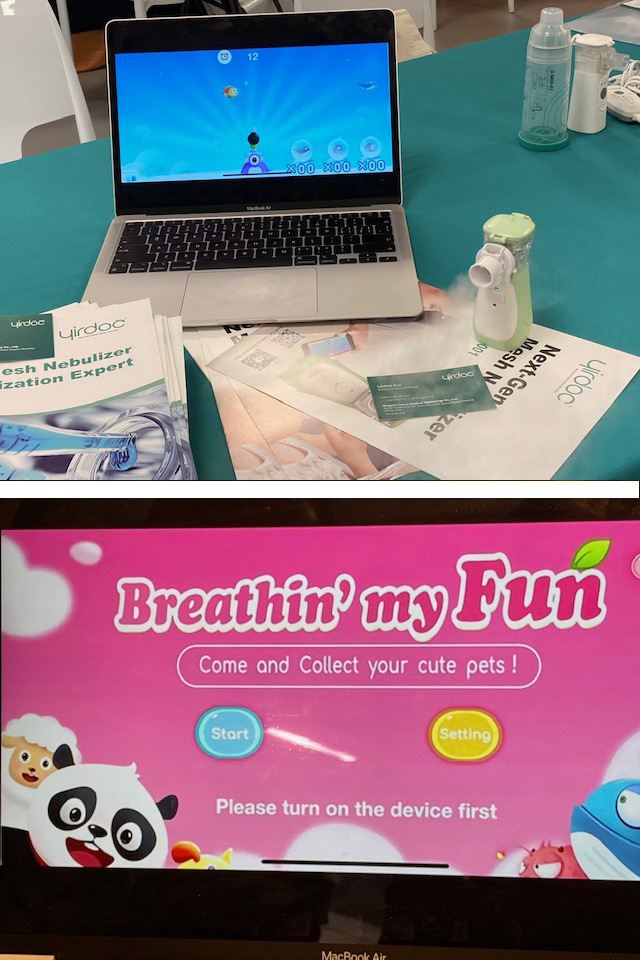Acknowledging that CHC to HFA transition resulted in a number of products being removed from the market, Newman added, “We’re keenly aware of the challenges with the new transition and . . . we don’t want that to happen again. We don’t want to wait another ten years. . . . The idea is to utilize our scientific understanding and identify the most appropriate way that provides sufficient information that when these products are transitioned, they are going to perform as expected and deliver a safe and effective medication.” He went on to say that the FDA hopes to issue guidance “relatively soon.”
Reducing waste
Several talks in the “Building a Sustainable Future” session addressed broader opportunities for reducing the carbon footprint of inhalation products, not just MDI propellants. Consultant Gregor Anderson of Pharmacentric Solutions discussed “A Sustainability Roadmap for Inhalation Products” and the potential to transform OINDPs into a circular economy that would aim to eliminate waste. Although he acknowledged that he does not believe that net zero is possible, he asserted that the industry could do much more to move in that direction.
Saying, “Poor adherence is never green,” Anderson mentioned possible improvements in training through the use of digital patient leaflets and training devices, advising that any new devices should be designed and also launched alongside a training device. He also cited benefits from some connected devices, including Teva’s Digihaler and the Propeller Health inhaler monitoring system, though he acknowledged that these have other sustainability issues.
Overall, RDD Europe 2023 included very little content related to connected devices; however, first-time exhibitor Yirdoc, a Chinese connected mesh nebulizer manufacturer, showed off its video game app for children. The nebulizer connects to the breath-controlled game via Bluetooth.
Anderson also recommended that the device and packaging should be designed with sustainability in mind, reducing materials and making them more recyclable. For example, he suggested that the industry should move to a standard translucent actuator to reduce waste in supply lines and manufacturing.
Henry Blower and Dan Cowen of Cambridge Consulting also addressed the goal of a circular system where inhalers can be reused or recycled in their talk “Designing Inhalers for Reuse, Remanufacture, and Recycling.” While they noted that reusable devices have the greatest potential for waste reduction and may be the easiest to implement when it comes to new devices, they also echoed Anderson’s suggestion to reduce colored plastic as well as metal and to make inhalers easier to disassemble for recycling purposes.
Anderson, Blower and Cowen all cited the GSK inhaler recycling program launched in 2012 and others run locally that failed to recover a significant percentage of used devices. All acknowledged that making an inhaler cycling program work would require an industry-wide effort to achieve a scale large enough to be effective. Anderson said that the reason for the failure of the GSK program was, “We didn’t do it as an aligned industry.” “It’s a real shame that we can’t work together on this,” he said; “And we’re doing it company by company. It’s ludicrous.”



